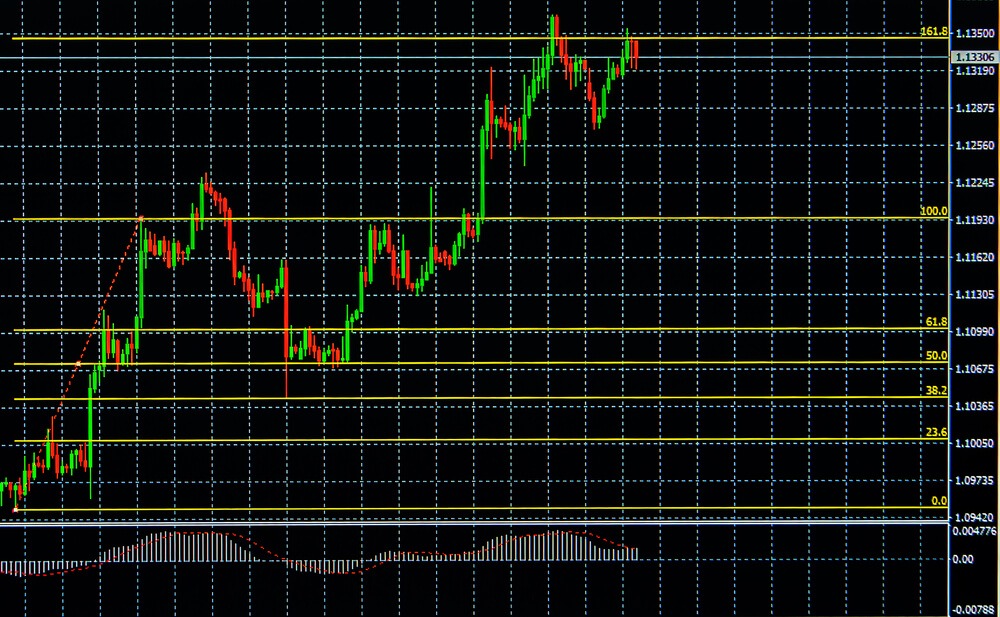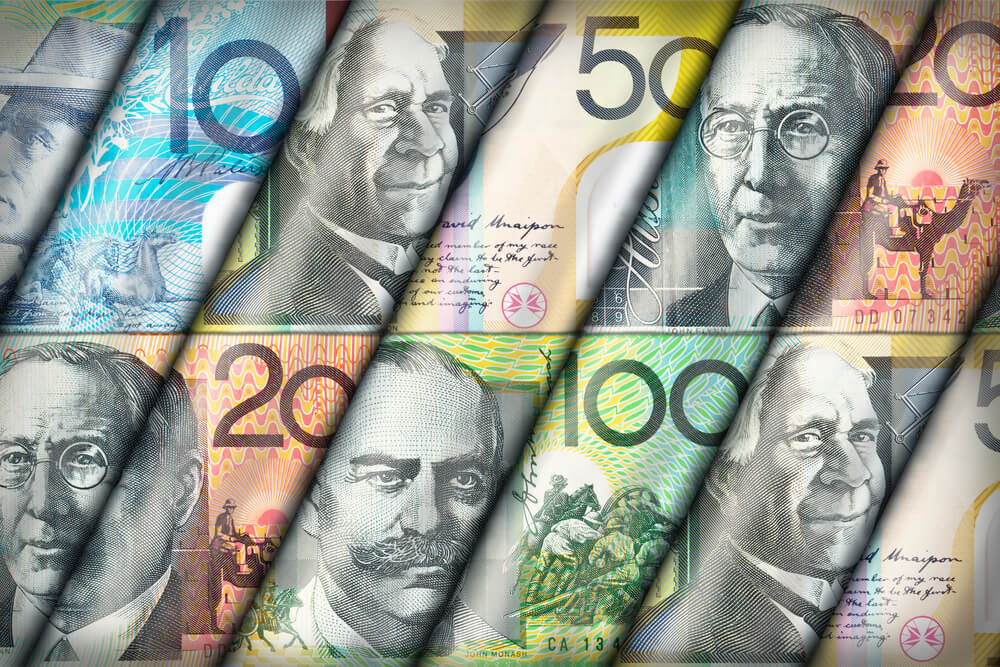As virus cases are rising again, risk appetite fades. The Australian dollar is waiting for data on the jobs market. Awaiting a Bank of England meeting, the Pound is currently in a narrow range.
There are growing concerns about a rise in coronavirus cases. As a result, it underpinned safe-haven demand for the United States currency. Thus, on Thursday, the dollar held onto some gains.
At the Bank of England meeting, policymakers are forecasted to expand quantitative easing in the face of a stuttering economy. Moreover, there have been rocky trade negotiations with the European Union. Thus, the British pound traded in a narrow range before the BOE meeting.
The imposition of travel curbs in Beijing was imposed to stop a separate outbreak. There is also a surge in new coronavirus infections in several U.S. states. Thus, all that served as a reminder that the pandemic might be a severe drag on the global economy for a protracted period of time.
Dollar and Other Currencies
Junichi Ishikawa is a senior foreign-exchange strategist at IG Securities in Tokyo. He said that upside of U.S. stocks and other risk assets has dwindled. This is because more people are discussing the second wave of virus infections.
Moreover, he added that this is supporting the yen and the dollar. This is because they are both steady safe havens. Nevertheless, the pound has its problems. A hard Brexit remains a risk, and the British economy is not in good shape.
On Thursday, in Asia, the dollar traded at $1.1240 per euro. This was after a 0.2% gain in the previous session.
Holding onto a 0.3% gain on Wednesday, the greenback bought at 0.9489 against the Swiss franc.
Against the dollar, the yen edged up to 106.81.
On course for the third day of losses, the sterling inched down to $1.2547. The pound was little changed, at 89.60 pence against the euro.
This is the current news of the market.
















